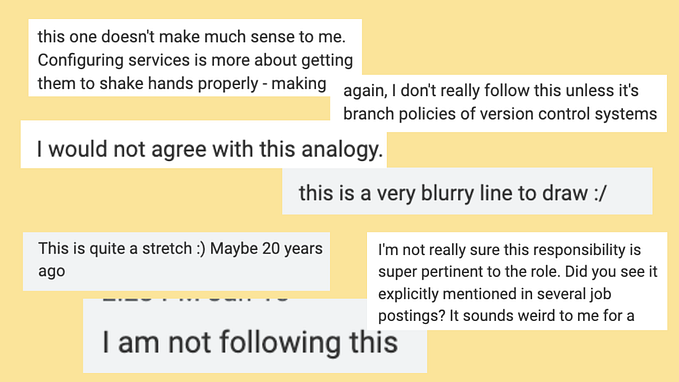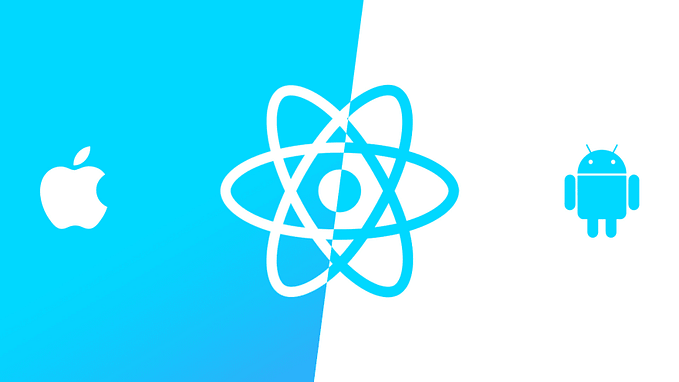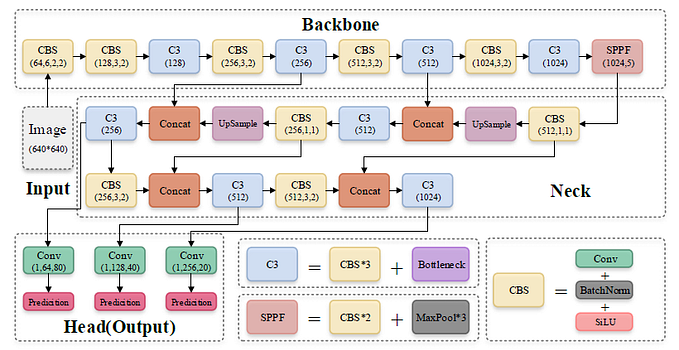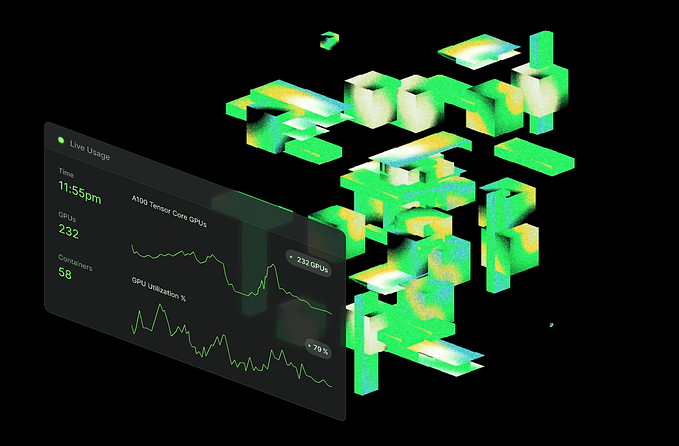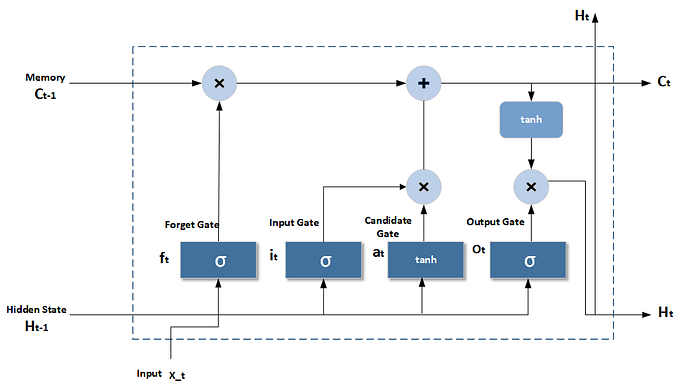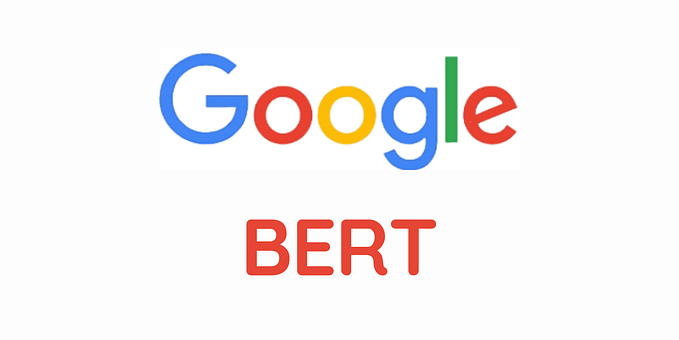Member-only story
AI tools every UX/UI designer must try in 2024
Designers who use AI technology are in high demand. Embracing AI is no longer an option but a necessity for designers aiming to excel in this industry where speed, efficiency, and innovation are highly valued.
In today’s digital-first environment, design tasks are becoming more complex and voluminous. Integrating AI in design workflows can help handle these challenges. It enables designers to test and iterate on ideas quickly, generating numerous variations in a shorter amount of time than it would take manually. This not only boosts productivity but also enriches the creative process by allowing creatives to explore more options.
This article provides the most up-to-date list of AI tools for design, ensuring that you have access to the latest and most effective resources currently available. Whether you’re drafting wireframes, creating high-fidelity prototypes, or needing 3D models to enhance your visual style, AI tools can help you get there.
1. Uizard

Uizard is a generative AI design tool for creating wireframes, mockups, and prototypes. It stands out for its ability to generate interface designs from text prompts, which means it can convert simple descriptions into UI screens.
One of the main features of Uizard is the ability to use hand-drawn sketches and/or text prompts to design high-fidelity screens. This can significantly shorten the time to move from concept to prototype, enabling fast iteration and testing.
Additionally, Uizard allows designers to reverse-engineer existing designs for competitive analysis and usability improvements.
2. Galileo AI
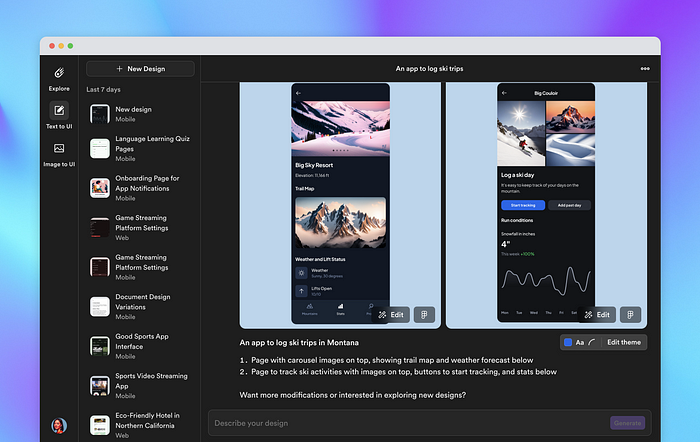
Galileo AI is a cutting-edge application that utilizes the capabilities of artificial intelligence to convert text explanations into user interface designs.



